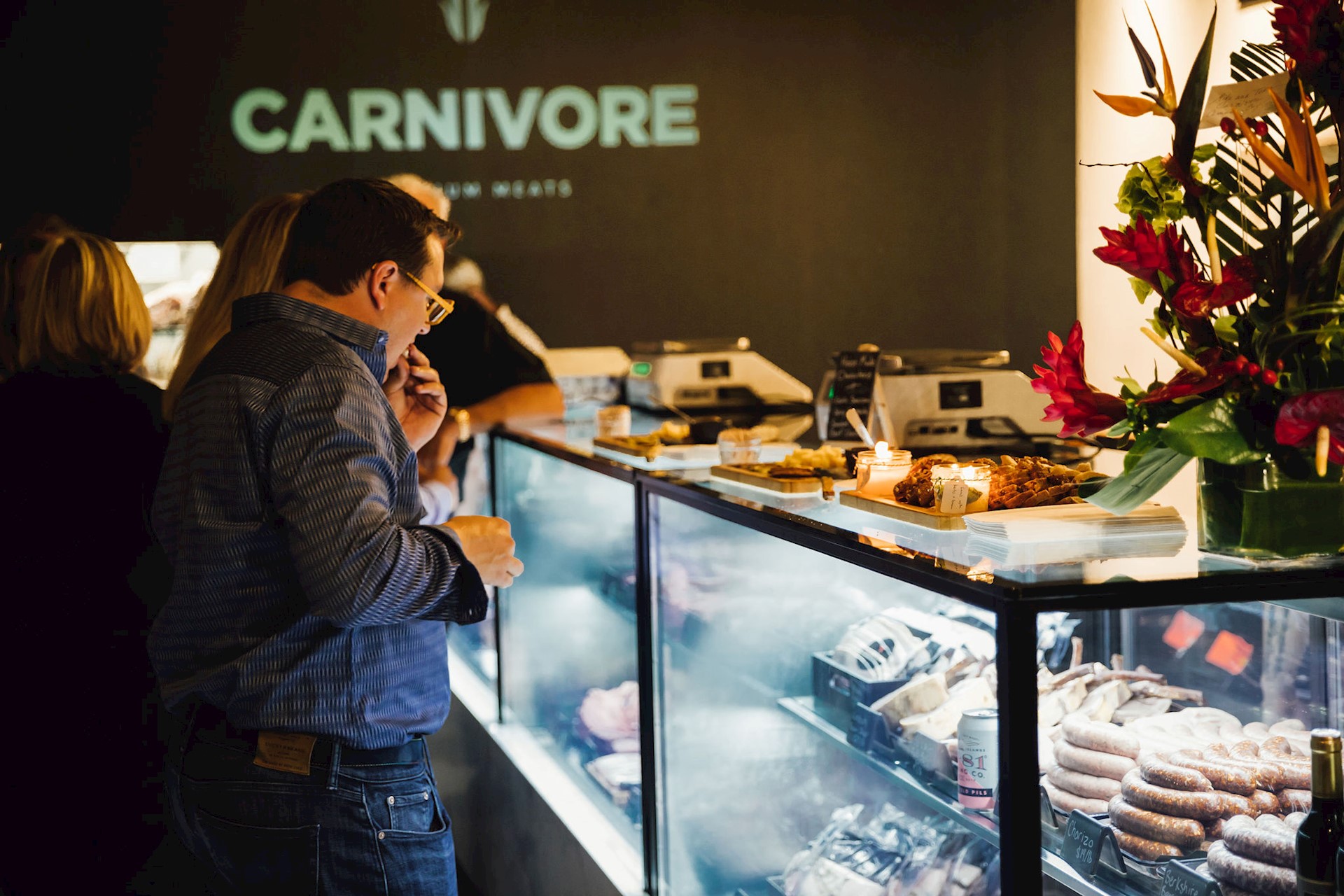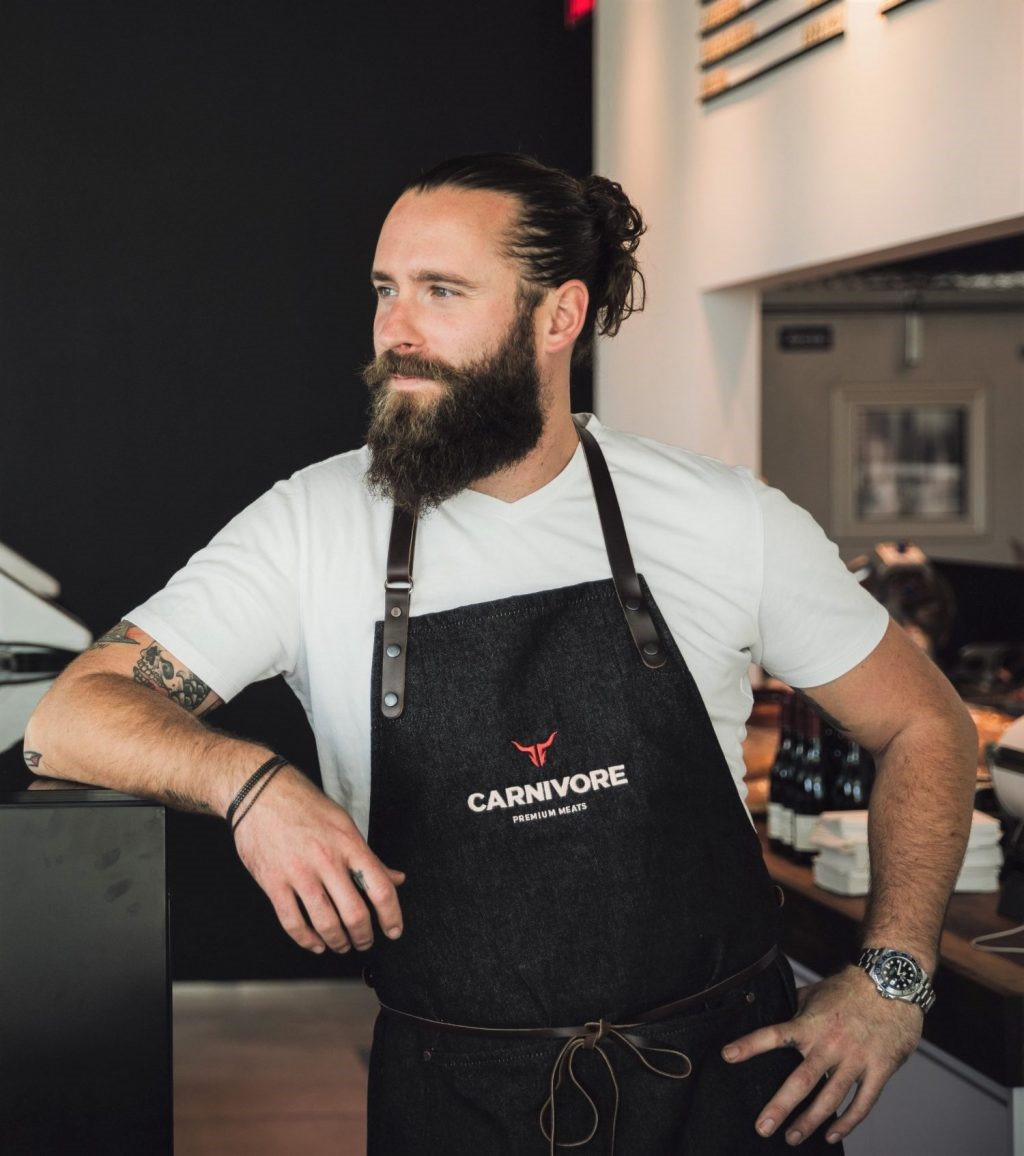

Wagyu beef, particularly from Japan, is the most prized and sought-after beef in the world, and for good reason. Intensely marbled, succulently rich in flavour and produced in limited quantities, wagyu beef is a must-try for every steak lover. However, wagyu beef is often shrouded in misconceptions, misinformation and myth.
Kobe beef
The term wagyu literally means “Japanese beef” and refers to the four domestic breeds of wagyu cattle. Wagyu breeds are raised in Japan, Australia, the United States and Canada. However, much like the way only sparkling wine from the French region of Champagne can rightfully be called Champagne, only 100% pure blood wagyu cattle that have been born, raised and slaughtered in the Hyogo region of Japan (of which the city of Kobe is the capital) may be classified as Kobe beef.
Unlike Champagne, which can arguably be called the best sparkling wine in the world, Kobe beef isn't necessarily the best beef in the world. Kobe beef was the first Japanese wagyu to be exported, so it quickly became synonymous with Japanese wagyu, but there are producers of exceptional quality wagyu across Japan.
Other wagyu
To be sold as wagyu beef in Japan, the cattle must be 100% pure blood wagyu, which due to genetics and feed, results in the characteristic light-pink meat with ultra-abundant intermuscular fat. In the United States and Australia, farmers are allowed to crossbreed their cattle and still market it as wagyu. In the U.S. for example, cattle can have as little as 50% of wagyu genetics and still be marketed as wagyu. This results in meat that is redder in colour with less marbling than Japanese wagyu. This reduces the cost while still producing an exceptional steak.
Grading
Japanese wagyu is graded using a two-pronged system. The first “yield grade” is ranked from A (highest) to C (lowest). The second “quality grade” is rated on an ascending scale of 1 to 5 based on four criteria: marbling, meat colour/brightness, meat texture/firmness and colour/quality of the fat. The highest rank given to Japanese wagyu is A5.
Myths
It's a popular notion that Japanese farmers give their wagyu cattle massages and feed them beer and sake. In my research I’ve come to the conclusion this is a half-truth. Historically, wagyu cattle were working animals used to plough fields, often over rocky and inhospitable terrain. Farmers would sometimes massage the cow’s muscles to relieve stress and tension so the cows would be able to work again the next day. As for the beer and sake, I’ve been told that beer and sake producers often donate expended grains from the production process to farmers for feed. Although most of the good stuff has been extracted, there are trace amounts of residual alcohol in the grains.
This article originally appeared in the October 2020 print edition of Camana Bay Times with the headline "Demystifying wagyu beef."

About the author
Dylan Benoit is the executive chef of Prime Group and the chef partner of Carnivore Premium Meats in Camana Bay. Dylan is also the host of the “Fire Masters” television show.